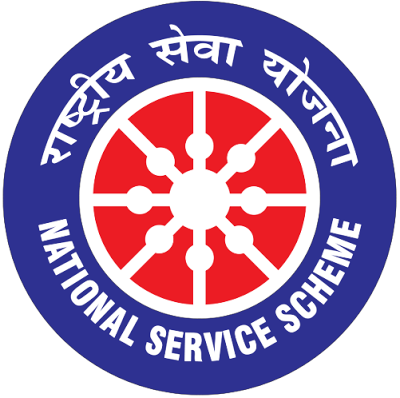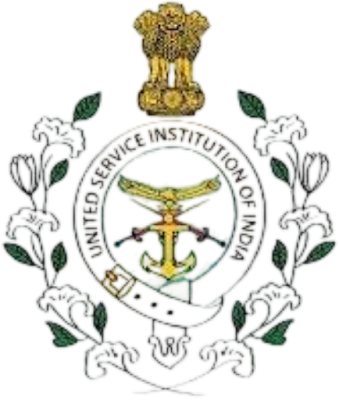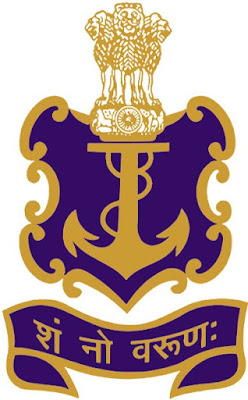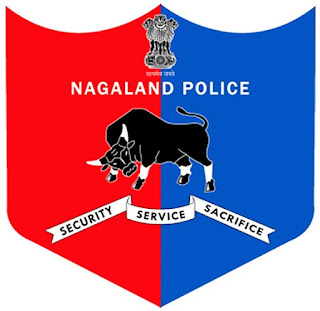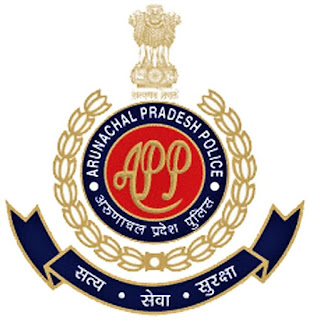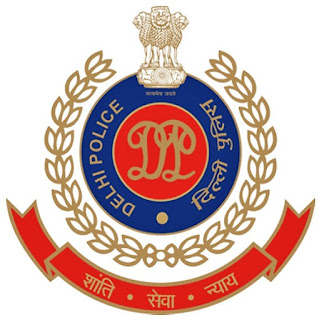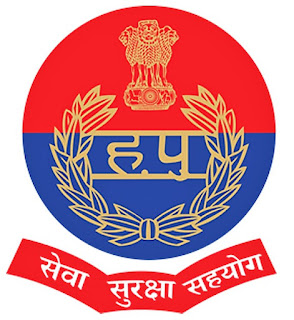Xavier Institute of Social Service

XAVIER INSTITUTE OF SOCIAL SERVICE Xavier Institute of Social Service (XISS) is a Jesuit-run business school in Ranchi, India. It was established as an extension department of St. Xavier's College, Ranchi, in 1955 by Michael A. Windey with the objective of training young men and women in rural development, personnel management and industrial relations. In 1973 the institute was registered as a separate educational society under the Societies Registration Act, 1860. Its logo has an emblem and a wordmark, which was added in the later years. The circular emblem has a shield in the middle with four parts namely a crop with cereal, mark of the jesuit with cross, a traditional lamp and pair of gear wheels. It is circumscribed by a circular border which has its name and motto ‘leaven in the dough’. The wordmark in blue colour is trendy and extra bold sans serif lowercase letters joined at their base with a uniquely curving stroke of ‘x’. It has the name of the institu
